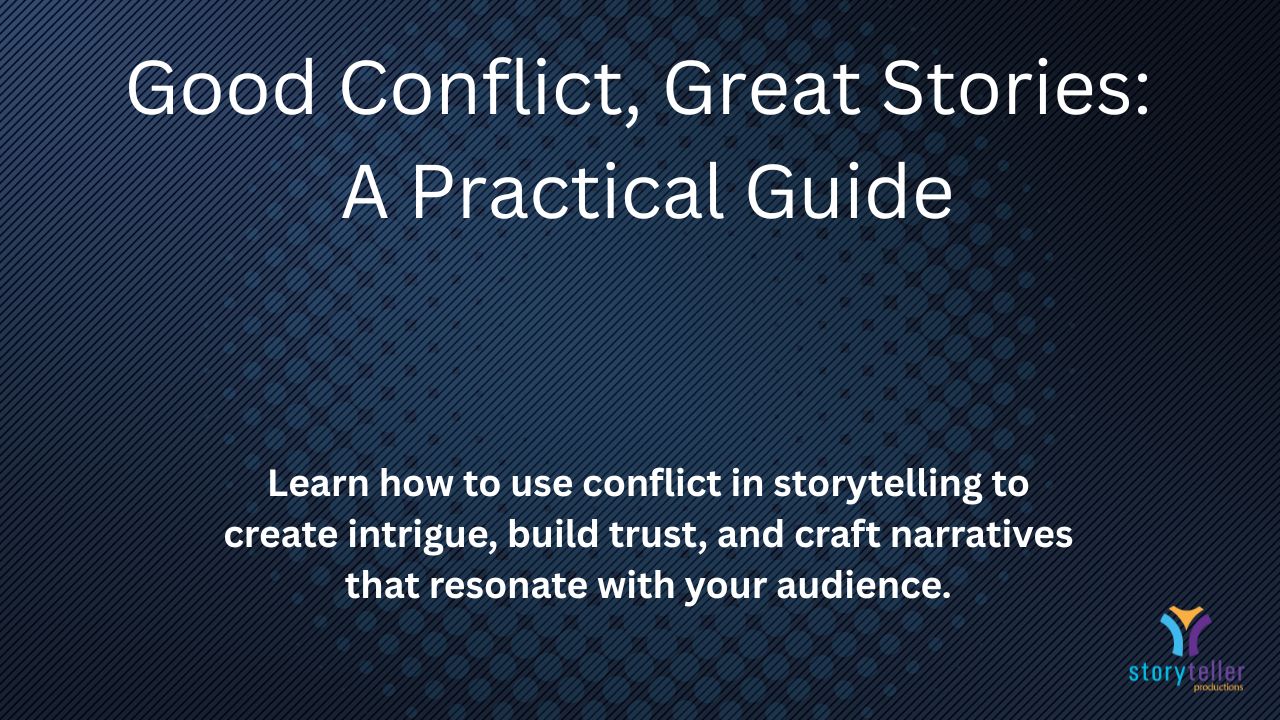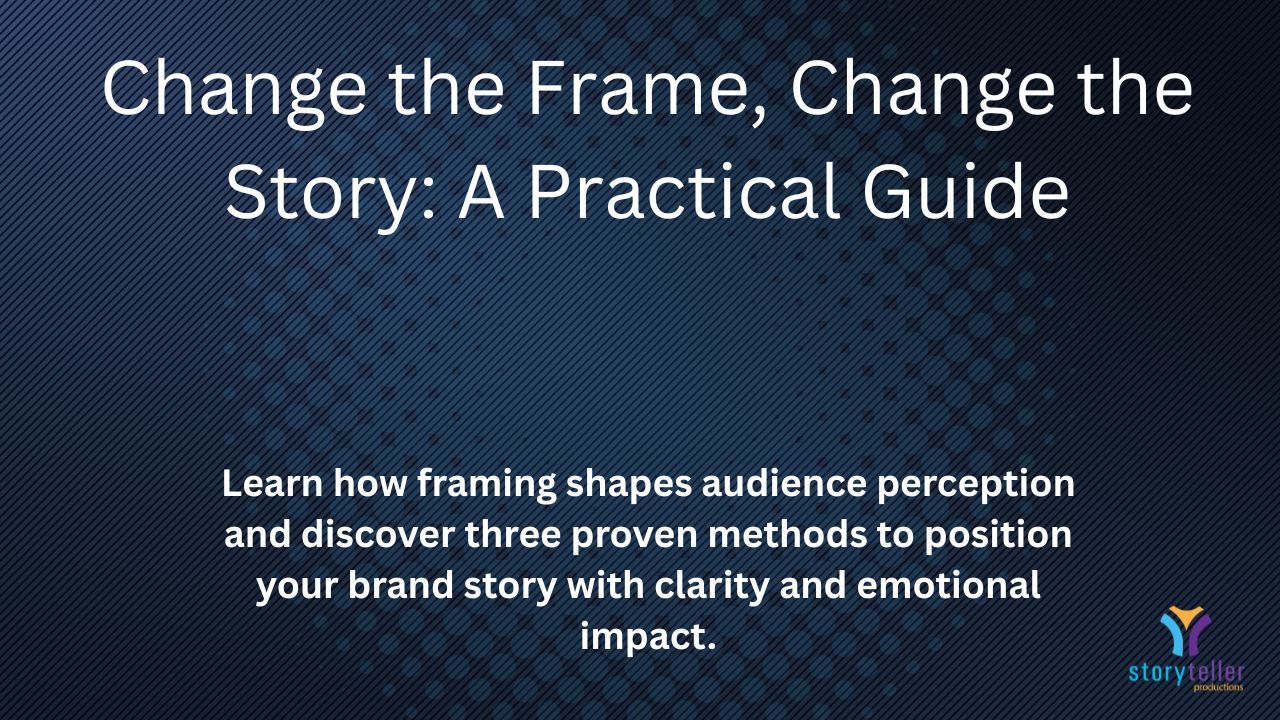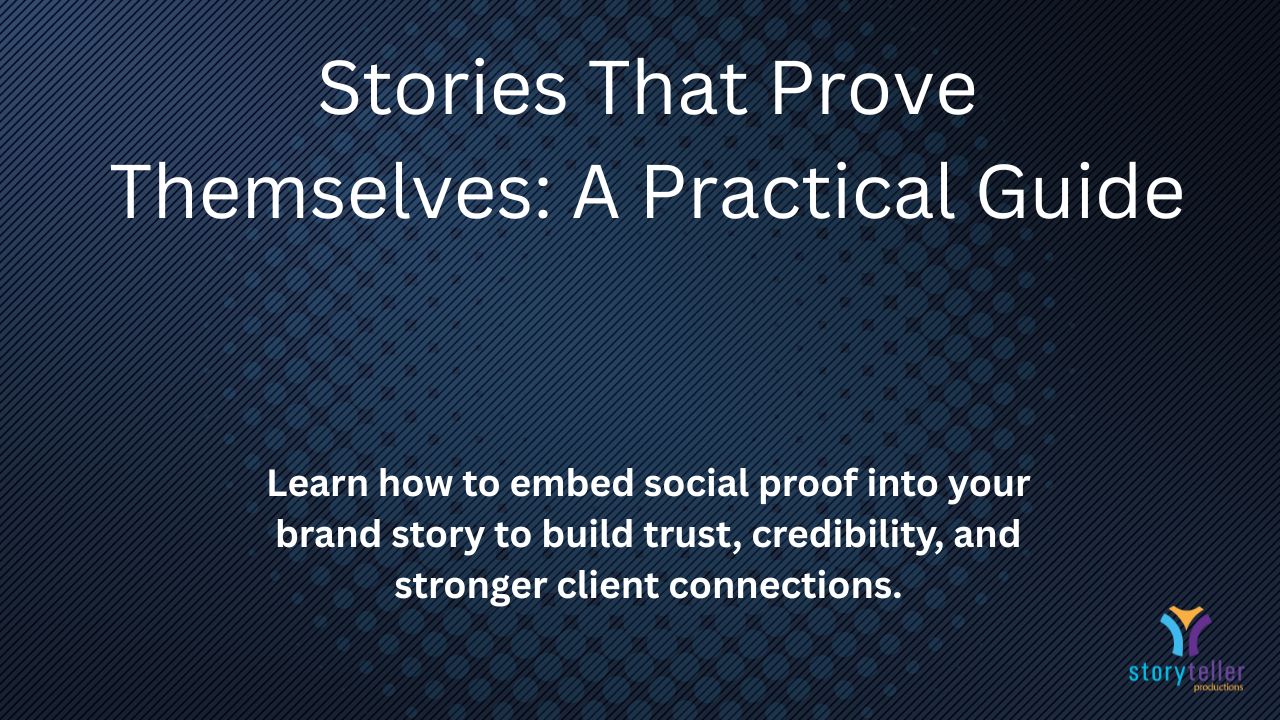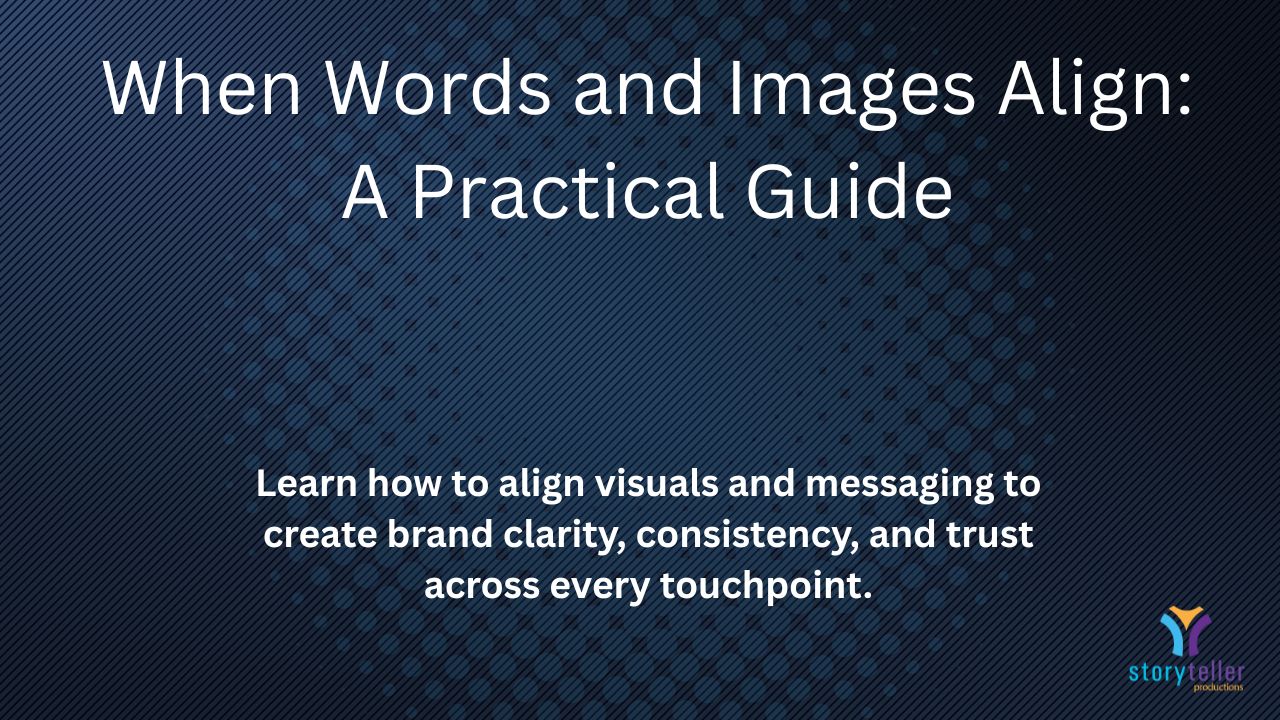Episodic Content That Hooks: A Practical Guide
When Netflix drops a new season of Stranger Things, millions clear their schedules. People don’t just watch one episode—they binge until 2 a.m., telling themselves “just one more.”
Why? Because episodic storytelling is designed to hook you. Every episode opens a loop, raises tension, and leaves just enough unanswered to keep you hungry for the next.
Here’s the thing: this isn’t just a Hollywood trick. As a content creator, educator, or thought leader, you can use the same principles to build episodic content that keeps your audience engaged, session after session.
Instead of scattering disconnected blog posts, videos, or podcasts, you structure them like a series. One episode flows into the next. You create anticipation. You build habit. And most importantly—you build loyalty.
Why Episodic Content Works
Humans crave resolution. When you start a story, we need to know how it ends. That’s why episodic formats are addictive: they leverage the psychology of open loops and continuity.
Think about your own consumption habits:
- You finish one podcast episode and immediately hit “play next.”
- You skim a blog series and suddenly realize you’ve read four posts in a row.
- You subscribe, because you don’t want to miss the next installment.
That’s the pull episodic content creates.
The Benefits of a Series Format
- Deeper Engagement: Audiences consume multiple pieces, not just one.
- Higher Retention: Scheduled releases build habit and routine.
- Richer Storytelling: Ideas can unfold over time, not crammed into a single piece.
- Stronger Authority: A well-built series positions you as the go-to source on a topic.
Step 1: Define Your Core Theme
A strong series starts with a strong throughline. What’s the core theme that ties everything together?
- For marketers: “The Future of AI in Content Strategy.”
- For educators: “Innovative Teaching in a Digital World.”
- For founders: “Building a Company That Scales Without Burning Out.”
Pro tip: Your theme should hit where your audience’s questions meet your expertise.
Step 2: Map the Arc
Think of your series like a season of TV. You need a clear arc. Each episode should deliver value on its own, but together they form a bigger story.
Example Outline (Educators Series: “Innovative Teaching Strategies”)
- Episode 1: Rethinking the Basics
- Define innovation in education.
- Contrast traditional vs. modern approaches.
- Episode 2: Tech in the Classroom
- Highlight tools, platforms, and real-world use cases.
- Episode 3: Collaboration as a Teaching Tool
- Showcase methods for peer-to-peer learning.
- Episode 4: Measuring Success
- Share assessment frameworks for innovation.
By Episode 4, your audience has gone on a journey with you—one that feels complete.
Step 3: Design the Hook for Each Episode
Every episode needs its own mini-hook. Think cliffhangers, open questions, or teases of what’s next.
- Cliffhanger: “But the real challenge comes when…”
- Question: “What if your classroom could function like a startup team?”
- Tease: “In the next episode, we’ll tackle the tool every teacher is afraid to use.”
This structure keeps people moving forward.
Step 4: Choose Your Formats
Episodic content works across mediums:
- Written series: Blog posts, LinkedIn articles, newsletters.
- Audio series: Podcasts, mini-episodes, branded seasons.
- Video series: YouTube playlists, TikTok episodic arcs, webinar replays.
Don’t just default to one format. Think about where your audience already consumes—and meet them there.
Step 5: Promote Like It’s a Show Launch
If you’re treating your series like a show, promote it like one.
- Build hype before Episode 1 drops.
- Use teasers, countdowns, and trailers.
- Release on a consistent schedule.
- Encourage discussion between episodes to keep momentum alive.
Example: When HubSpot launches a new Academy course, they don’t just post lessons. They run teasers, drip announcements, and invite people into a launch moment—just like a show premiere.
Step 6: Measure, Learn, Adapt
Once your series is live, track what’s working.
- Engagement: Are people completing episodes?
- Continuity: Are they moving from one piece to the next?
- Feedback: Are they asking when the next one drops?
This data tells you whether your series is binge-worthy—or whether you need to adjust pacing, length, or structure.
Case Studies in Episodic Content
- NPR’s “How I Built This”: A podcast that thrives on anticipation—listeners know they’ll get a new founder story every week.
- Yes Theory (YouTube): Builds themed video arcs around challenges, each episode leading into the next.
- Content Marketing Institute: Runs written “pillar + series” articles that invite binge-reading.
Different mediums, same principle: continuity creates commitment.
Conclusion: Start Your Series
Episodic content isn’t just about churning out more. It’s about structuring your message so your audience doesn’t just visit once—they stay, return, and engage deeper.
So here’s your reflection:
- What’s the one theme your audience is hungry for?
- How could you structure it like a season instead of a single post?
- And what hook could you use to make them need the next installment?
Because when you design content that feels like a story in motion, your audience doesn’t just consume it. They binge it.
Want to design your first binge-worthy content series? Subscribe to The Storyteller Advantage and get frameworks, prompts, and strategies for structuring episodic content that hooks and holds attention.




